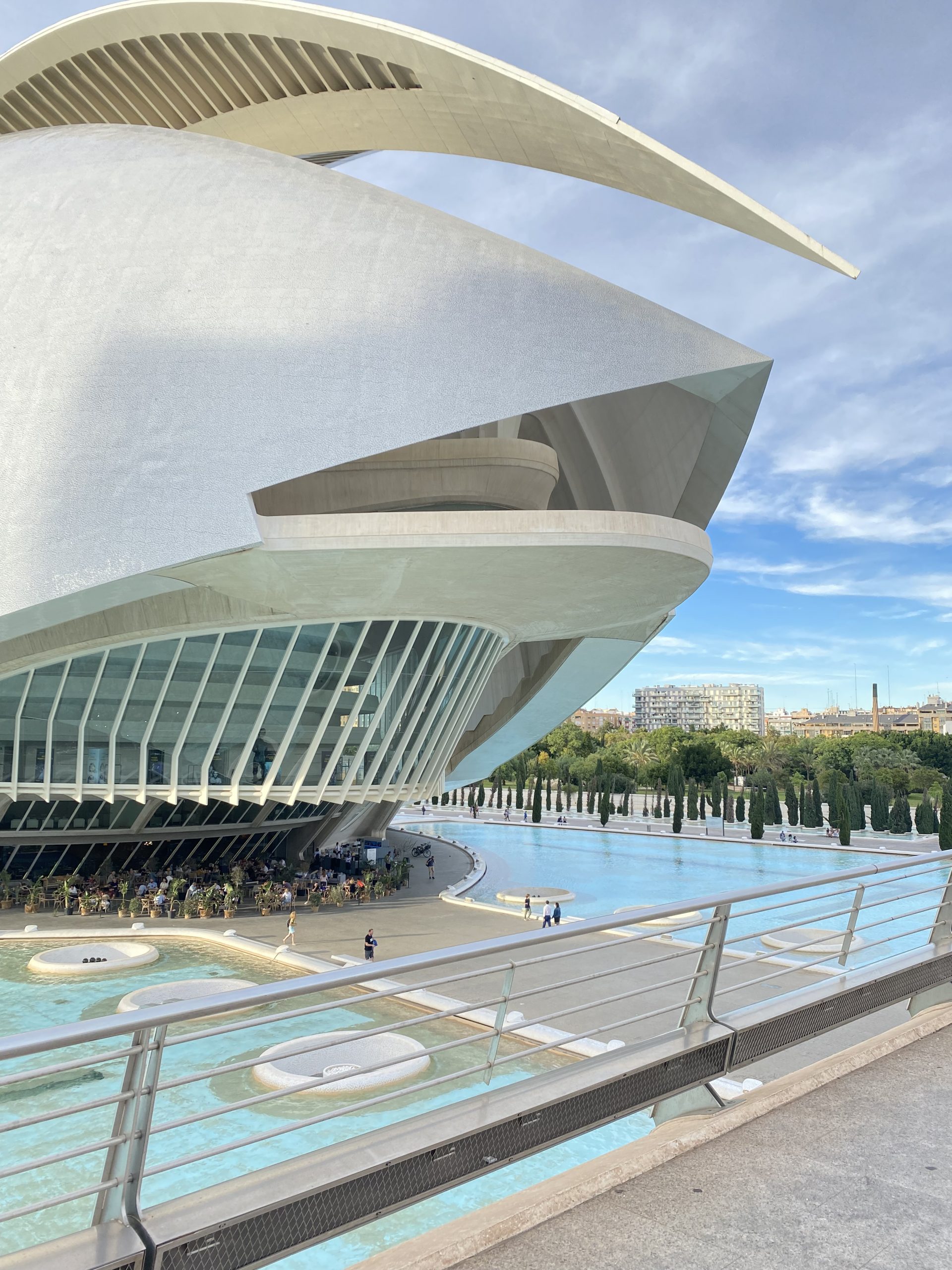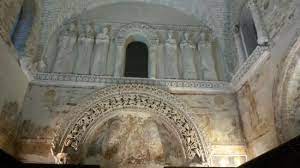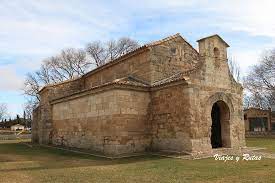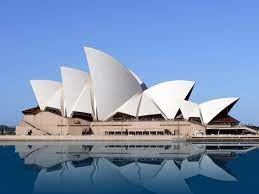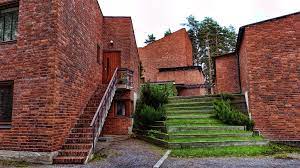The evolution of the world and the humanity has always been reflected in architecture in the first place. Architecture then becomes the witness and the historian of humanity introducing all the stages and civilizations that the world has known since the appearance of humans on earth 7 million years ago.
We can therefore trace the evolution of architecture from the origin of humans to our present time. this by following a temporal diagram marking the most important turns that architecture has taken in the world.
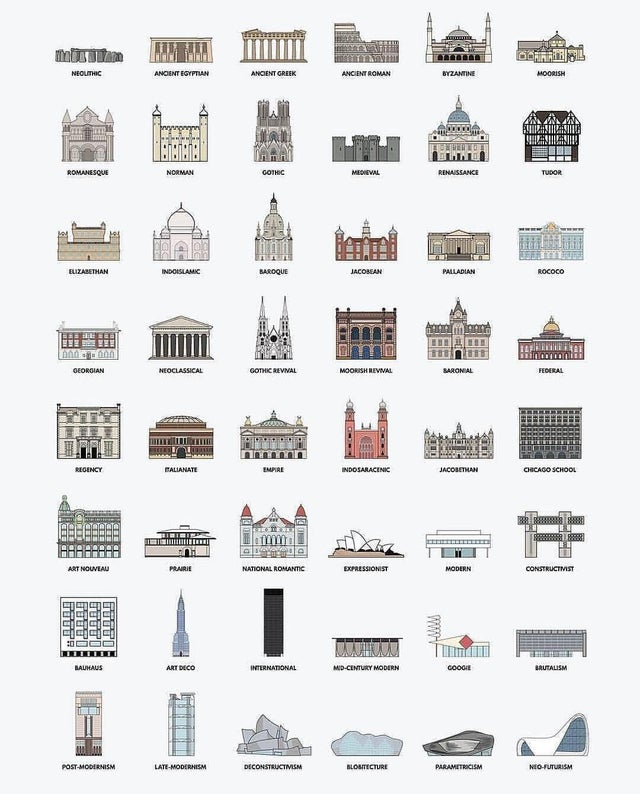
THE ORIGINS – Prehistoric Times (11,600 BC-3500 BC):
With the first apparitions of humans on earth, the need of a shelter was fundamental to protect themselves from the rain, animals and preserve what they hunted. Prehistoric times includs Paleolithic, Mesolithic, Neolithic.
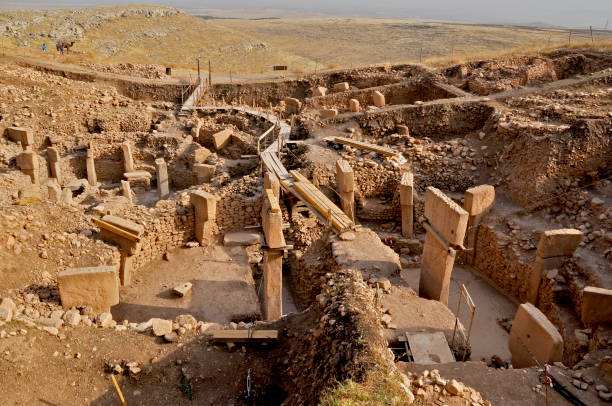
Gobeklitepe, a pre-historic site dating from roughly 12000 years ago, near Sanliurfa,. 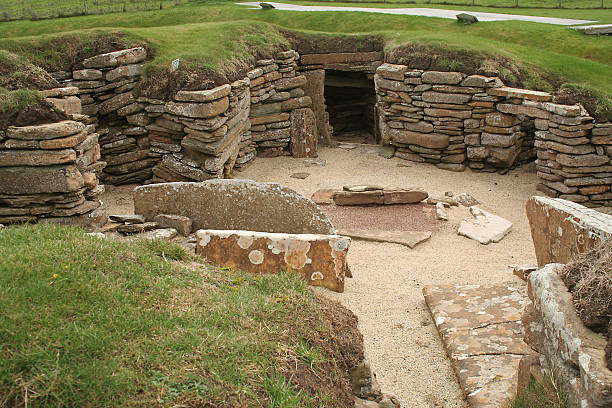
Skara Brae, neolithic settlement, Scotland 
Stonehenge
Ancient Egypt (3500 BC- 900 BC):
During the ancient egypt, the most impressive and spectacular constructions were built; the pyramids for example which are one of the 7 wonders of the world. The architecture during ancient egypt is caracterised by a high level of architectural, ingeneering knowledge.
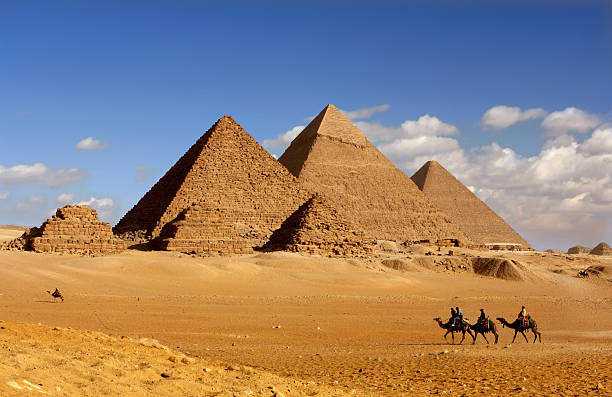
– pyramids of Egypt 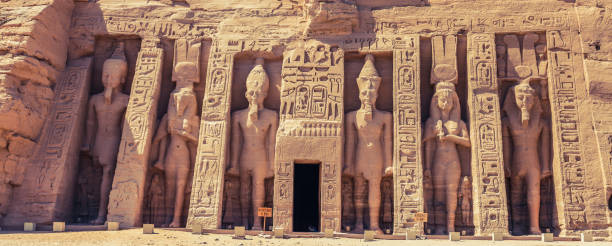
Egyptian temple in the Valley of the Kings 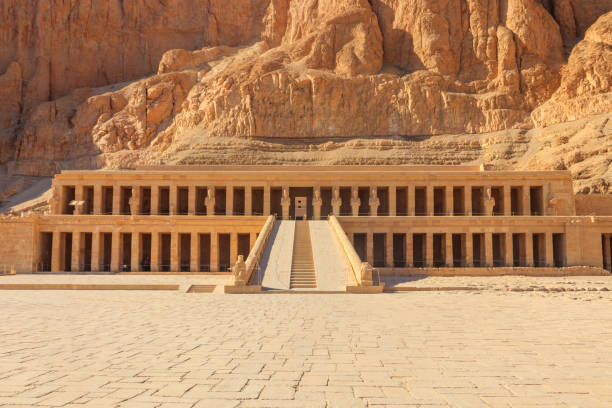
Mortuary Temple of Hatshepsut in Luxor, Egypt
The Greeks (1200 -146 BCE):
The greeks were inspired by the ancient egypt architecture and the their thechniques to creat their own art and constructions based on equilibrium between the vertical and the horizontal elements; columns especiallyin temples. The general design of constructions was a rectangular shape with vertical columns.
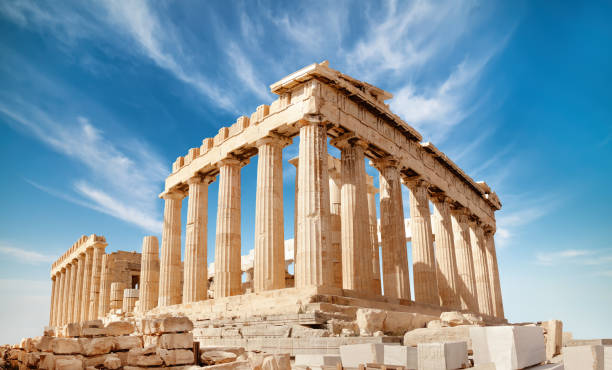
Parthenon temple Acropolis in Athens, Greece, 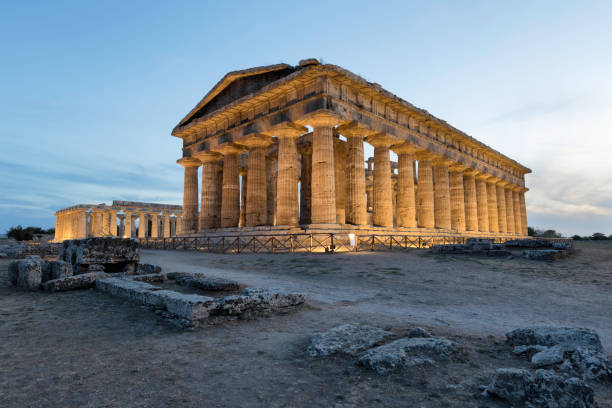
The Temple of Hera II 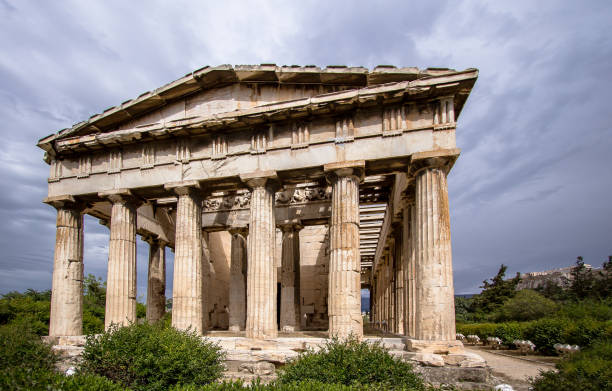
Temple of Hephaestus in Ancient Agora, Athens, Greece 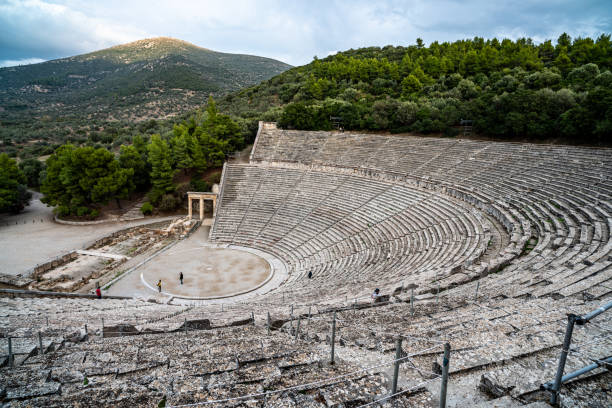
Ancient Theatre of the Asklepieion at Epidaurus 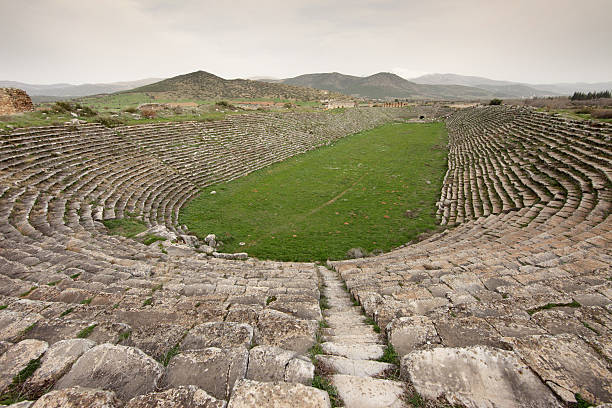
Ancient greek stadium 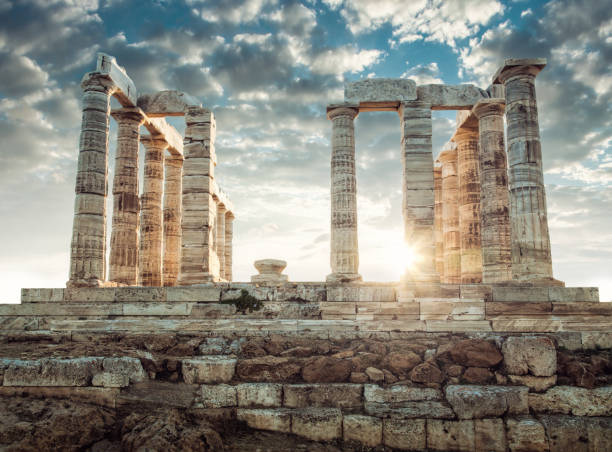
Poseidon Temple in Greece
The romans (1100 BCE- 476 BCE):
With romans, the architecture was centred on the interior but also on the exterior space with a grandiose scale. The development and the discovery of concrete pushed the romans to create new shapes and play with light and shadows. Mathematics were used to for proportions and the symmetry was highly considred in the planning of buildings.
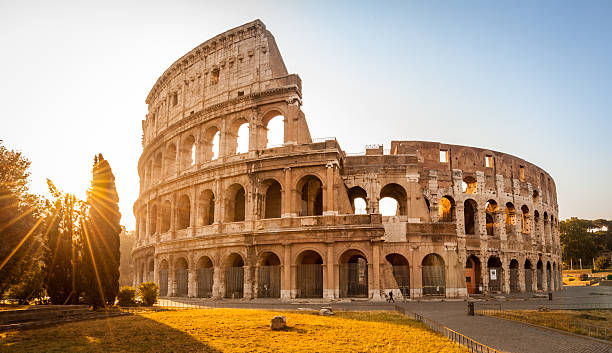
Colosseum , Rome, Italy 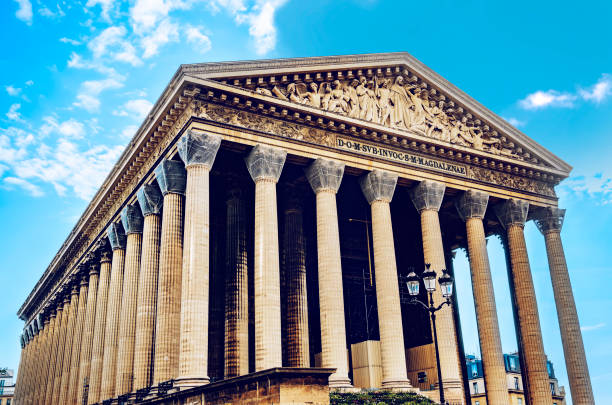
Eglise Le Madeleine Church, Paris 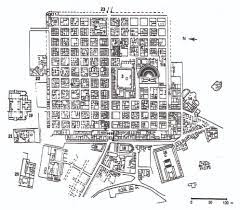
Plan of ancient roman city(google image) 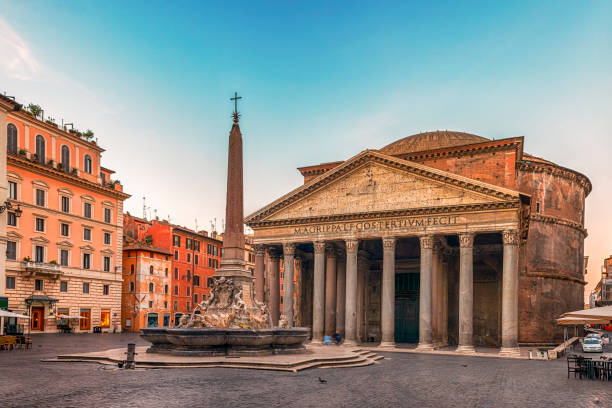
The Roman Pantheon Rome. 
the roman Insulae
The Byzantine (6thCentury):
The byzantine architecture was mainly religious, the empire brought into life the classical forms, domes, mosaics… The most important and common structures during The empire were Basilicas, apse, mosaic. The architecture was traditional and there was also the demand for construction of hospitals and orphanage.
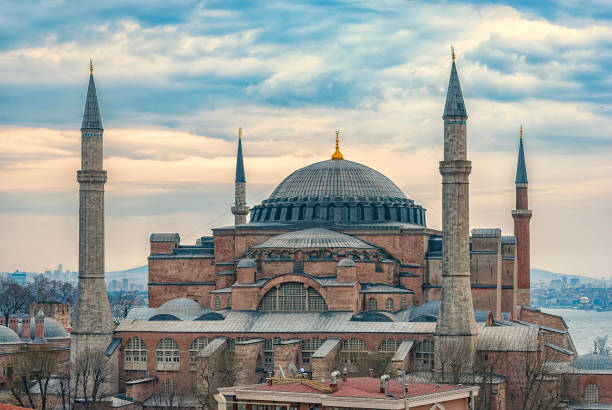
hagia sophia mosque, istanbul. 
Hagia Sophia, view from the Upper Gallery, Istanbul, Turkey 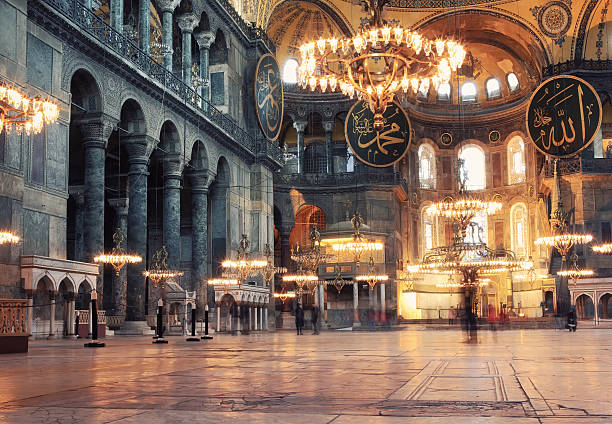
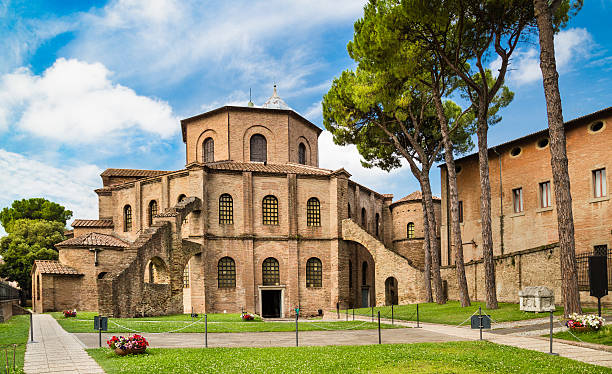
Basilica di San Vitale, one of the most important examples of early Christian Byzantine art in western Europe, in Ravenna, Italy. 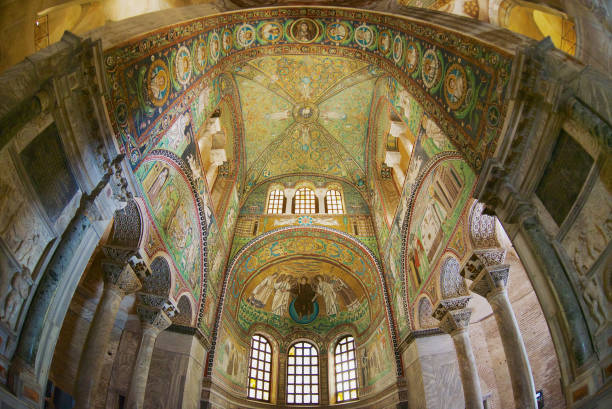
Rich decorated walls and ceiling of the Basilica di San Vitale in Ravenna, Italy. Rare example of early Christian Byzantine art in Europe. 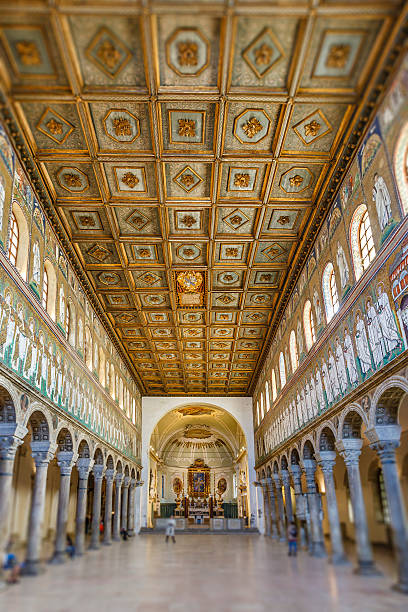
The Basilica of Sant’Apollinare Nuovo
Preromanesque ( 6th century- 10th century):
During the high middle ages, the christian religion took a very important place in every sector of life, therefore the cristian tradition influed the architecture too; that’s why there was the construction of a lot of churchs, monastaries. This period is caracterised by the development of castles too.
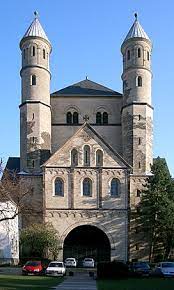
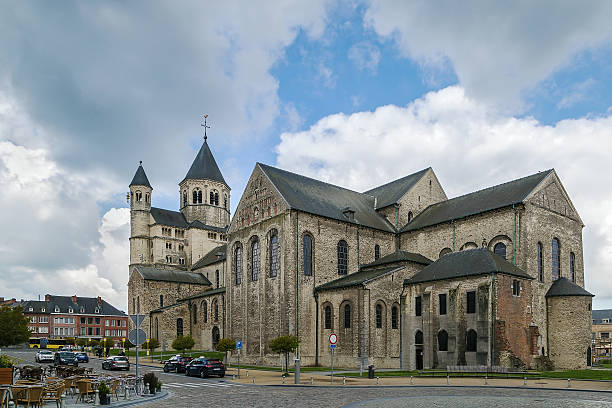
The Abbey of Nivelles, Belgium
Islamic (8thCentury- 15thCentury):
The islamic architecture was principally developped in the iberian peninsula, especially in the Andalus. The Andalus where we can observe the beauty and the elegance of the islamic culture and architecture trough the diverse monuments that stayed conserved during all this years. Water and towers were the two mains caracteristics of the islamic architecture; water for gardens and irrigation and tower as defensive elements.
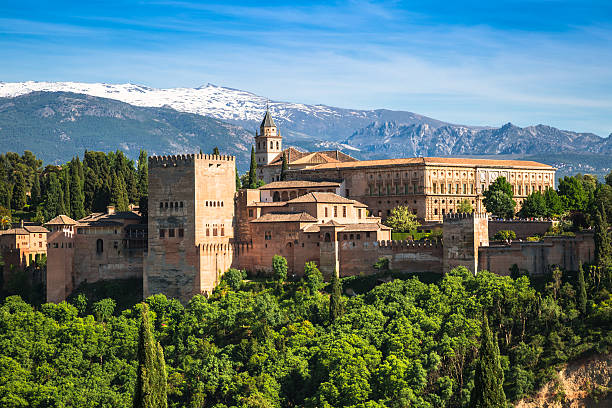
View of the famous Alhambra, Granada, Spain. 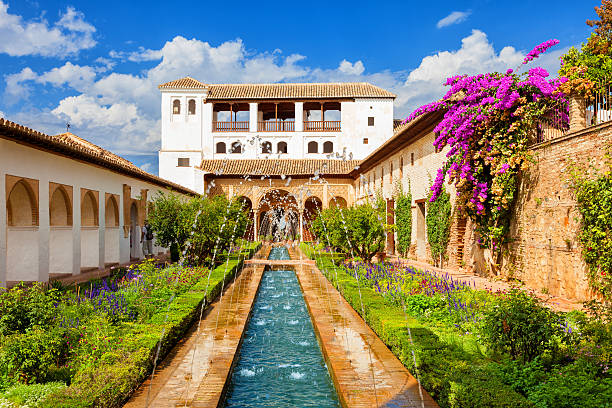
fountain and garden. Alhambra de Granada 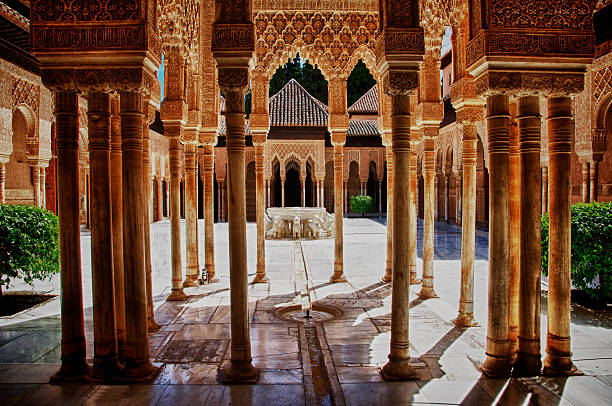
One of the main courtyards of the Alhambra,. 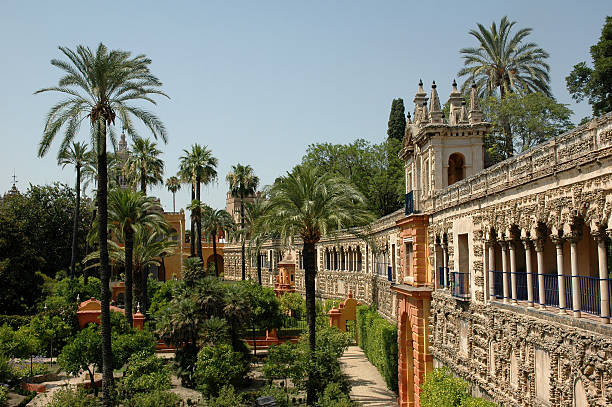
Alcazar Gardens Seville Spain 
Royal Alcazar of Seville at the Courtyard of the Maidens. 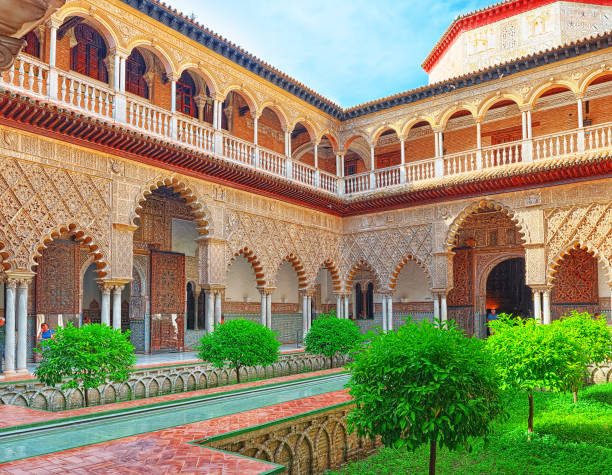
Panoramic view of inner patio of the Royal Alcazar in Seville. 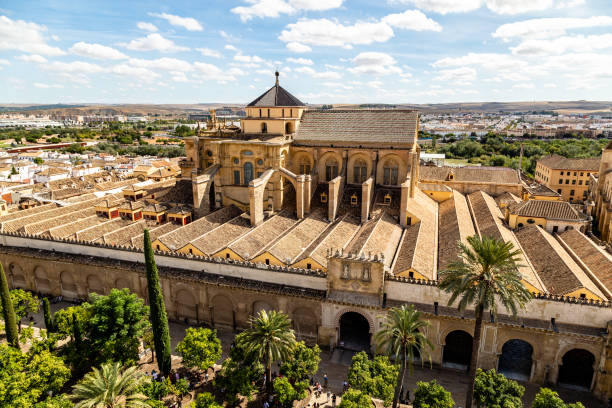
View of Mezquita, Catedral de Cordoba 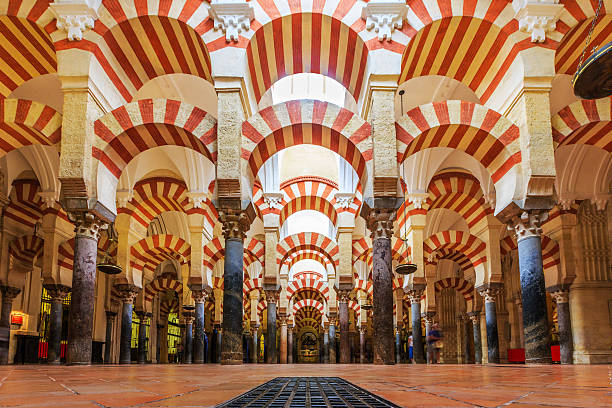
Interior view of La Mezquita Cathedral in Cordoba, Spain. 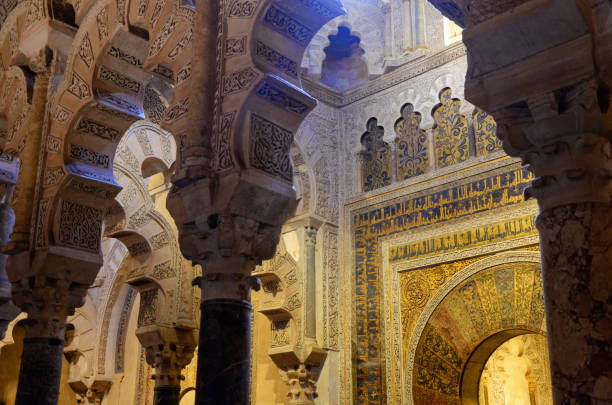
Polylobed arches
Romanesque (10th-12thCentury)
They maintained the same architecture as romans, that’s why we call it Romanesque. We found a big number of fortifications and tower due to the political instability at that time.
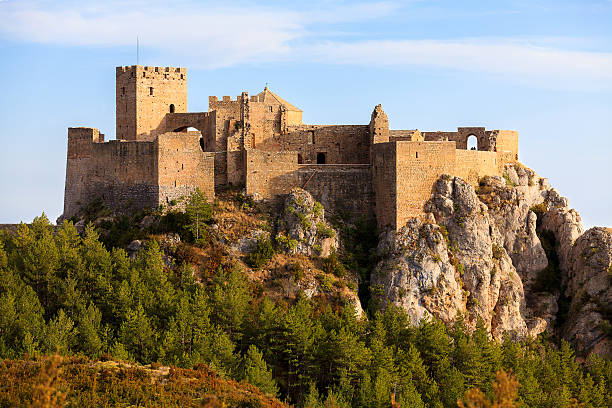
Medieval castle of Loarre, Spain 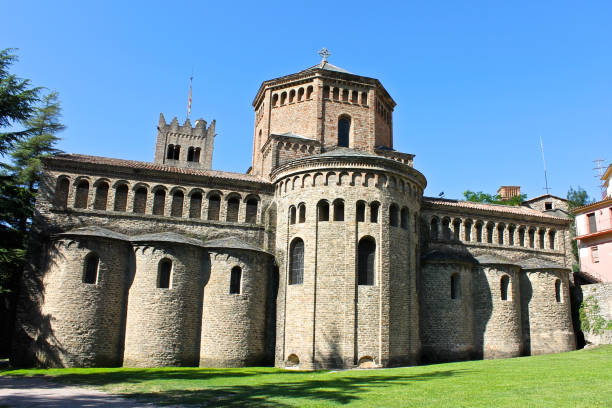
the Monastery of Saint Mary in Ripoll, Catalonia, Spain 
walls of Avila, Spain
Gothic (12th-15th (16th) Century):
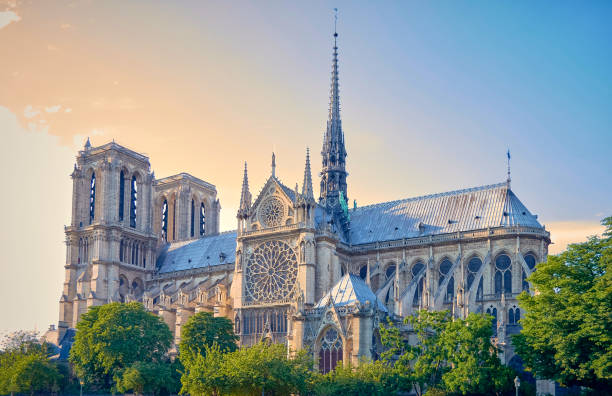
Notre Dame Cathedral in Paris, France. 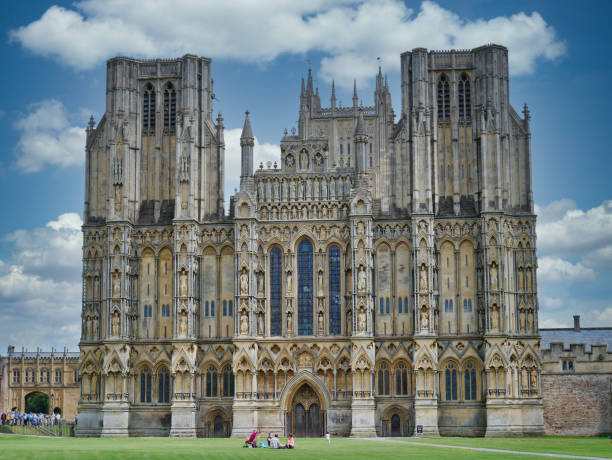
An external view of the gothic Wells Cathedral in Somerset, UK, 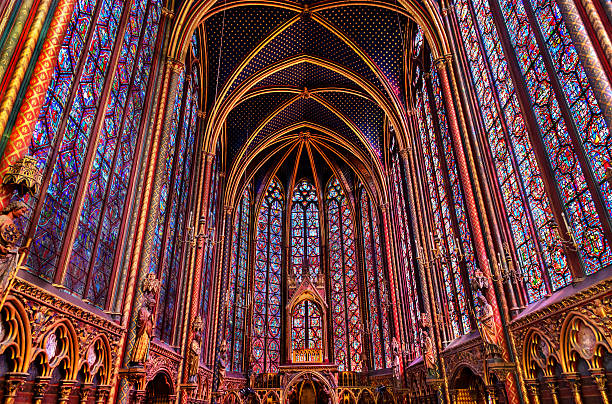
Saint Chapelle Paris France. 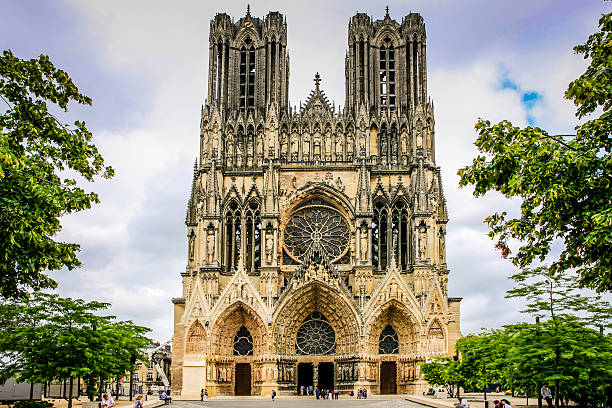
Our Lady of Reims Cathedral in the Champagne-Ardenne region of France. 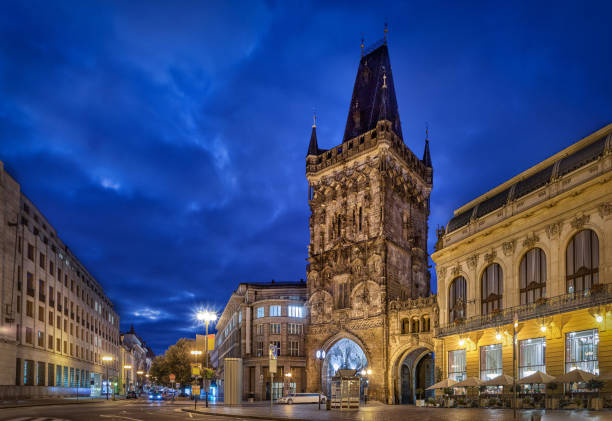
Medieval Powder Tower at dusk in Prague, Czechia
Renaissance (15th-16th Century):
As the word Renaissance means; we had a whole change that touched all the sides of life at that time especially the architecture. It began in Italy at first.
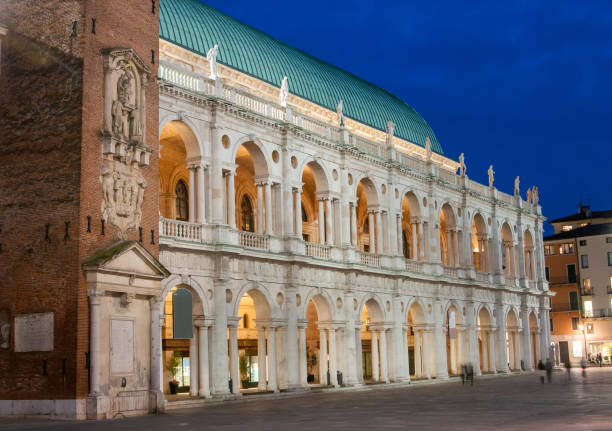
The palladian basilica , Lords Square in Vicenza 
Basilica of Santa Maria Novella, Florence 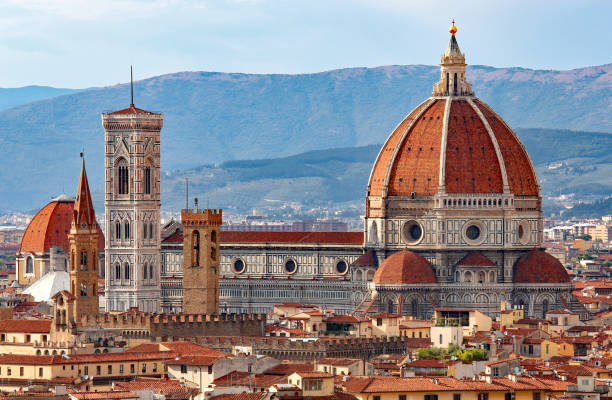
The Cathedral called Duomo di Firenze
Baroque (17th-18th Century):
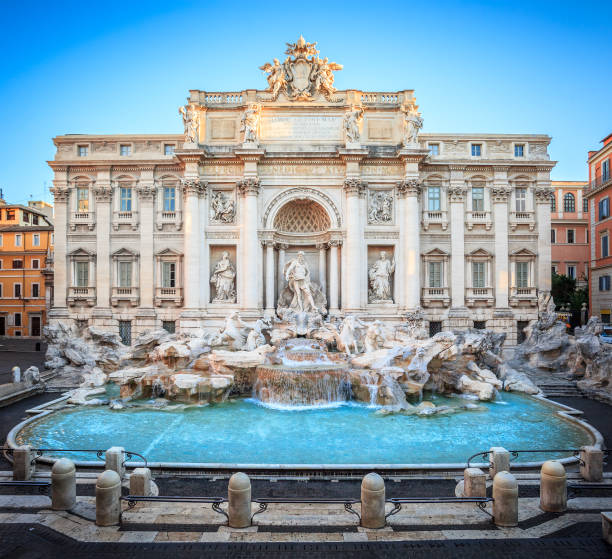
Trevi fountain , Rome 
Palazzo Spada, in Rome, Italy. 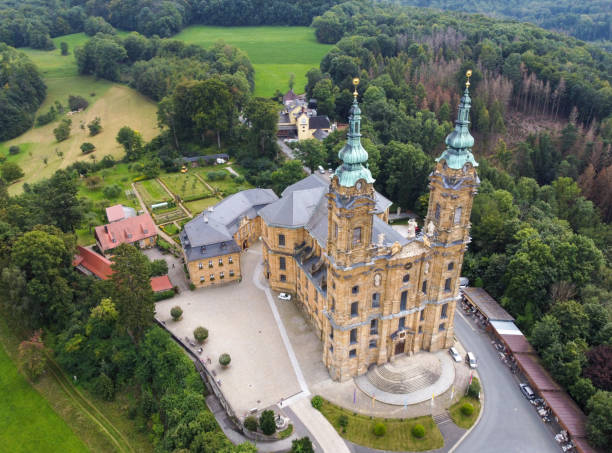
The Vierzehnheiligen basilica in Bavaria
Neoclassism (18th Century – 19th):
Neoclassicism is characterized by an inspiration from the Greeks, it also focused more on the construction of space in the service of the public and education.

London, UK The British Museum 
Berlin, Germany : The Museumsinsel 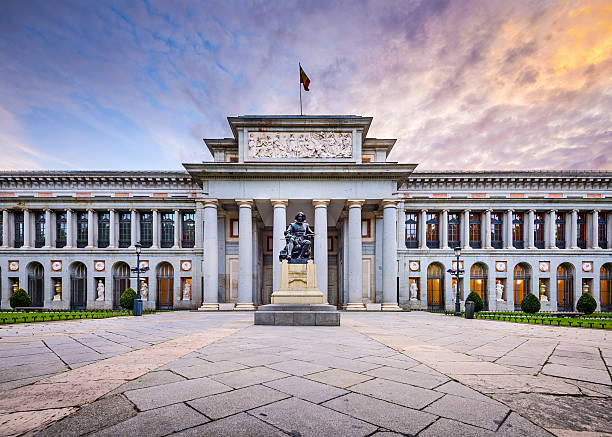
Madrid, Spain The Prado Museum
19thCentury:

The Opera National in Paris. 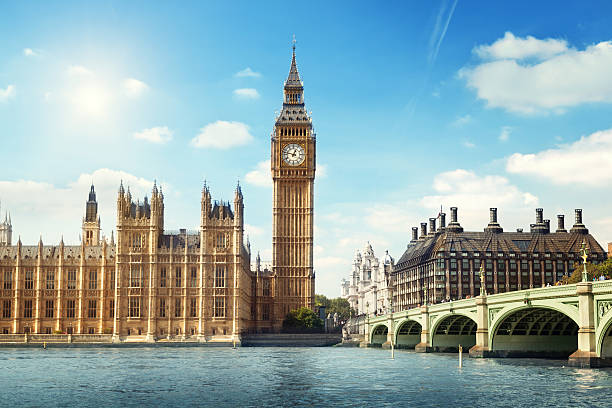
Big Ben , London 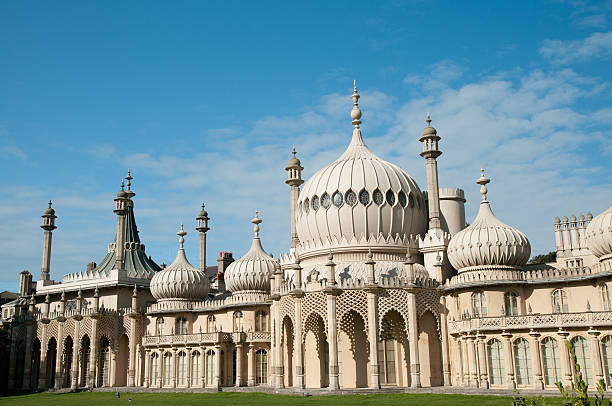
Brighton Royal Pavilion
20th Century:
MODERNISM:
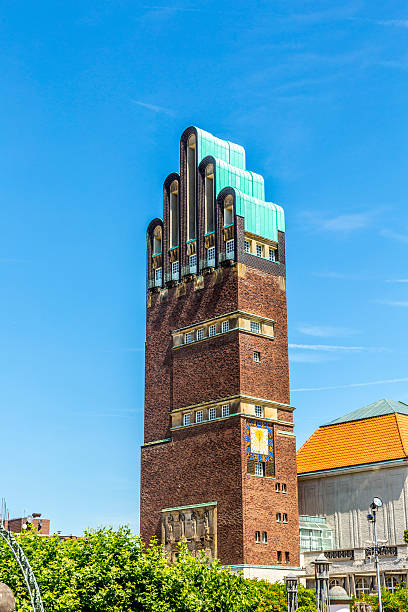
Hochzeitsturm tower at Kuenstler Kolonie artists colony in Darmstadt Germany 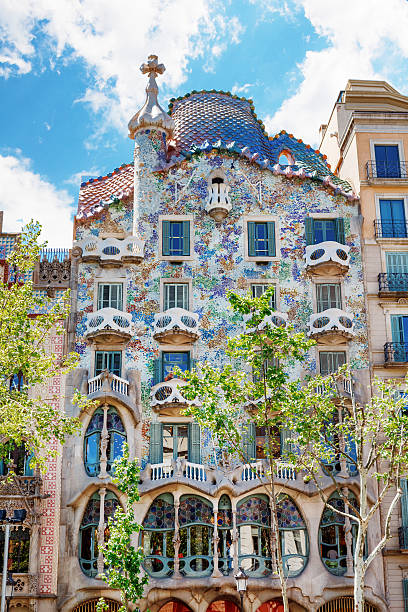
The facade of the house Casa Battlo Antoni Gaudi 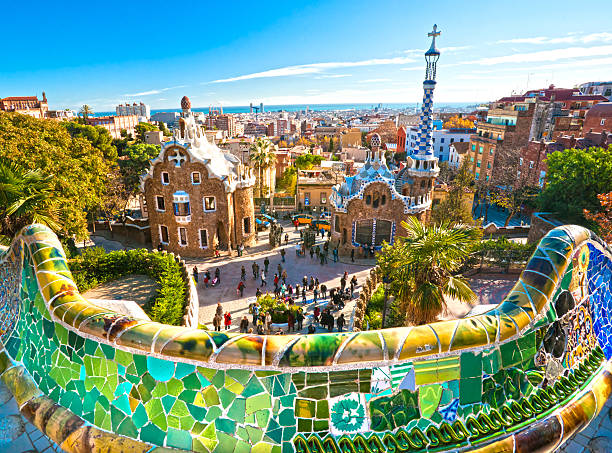
Park Guell in Barcelona, Spain. 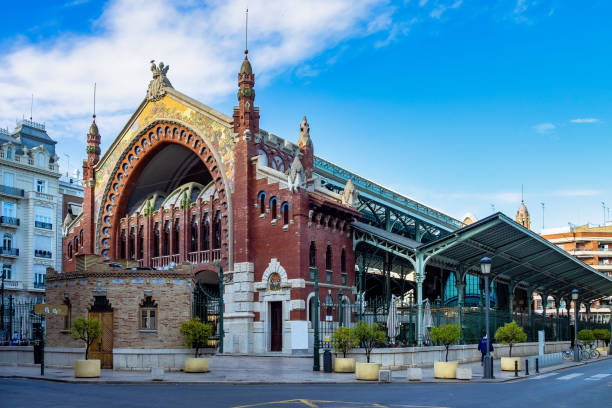
Valencia, Spain. Mercado Central
EXPRESSIONISM:

Eistein Tower, Potsdam 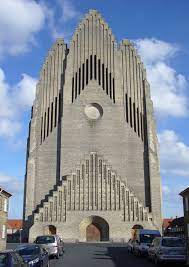
Grundtvig’s church, Copenhagen
CUBISM, FUTURISM:
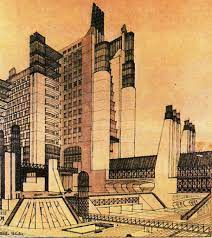

Cubist Hodek Apartment Building by Josef Chochol , Prague
CONSTRUCTIVISM:
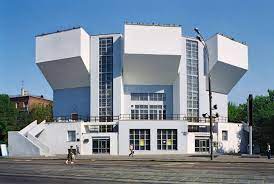
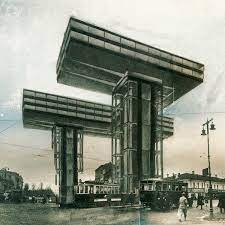
Wolkenbügel 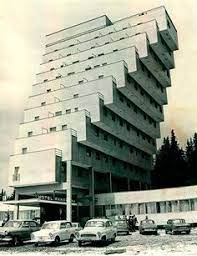

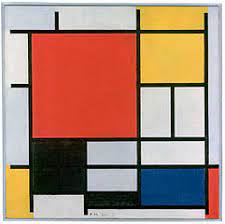
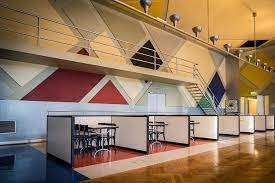
Cafe Aubette
MODERNISM (1919 – 1933 – …):
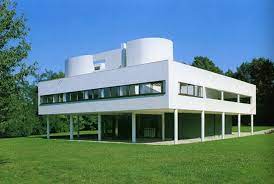

villa savoie by Le Corbusier 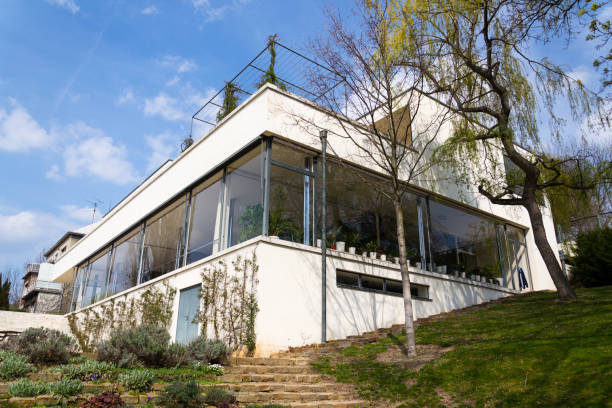
Villa Tugendhat by architect Ludwig Mies van der Rohe built in 1929-1930, Czech Republic.
CONTEMPORARY ARCHITECTURE 1950-2021:
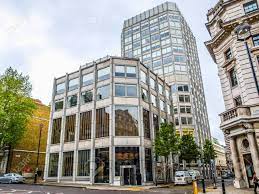
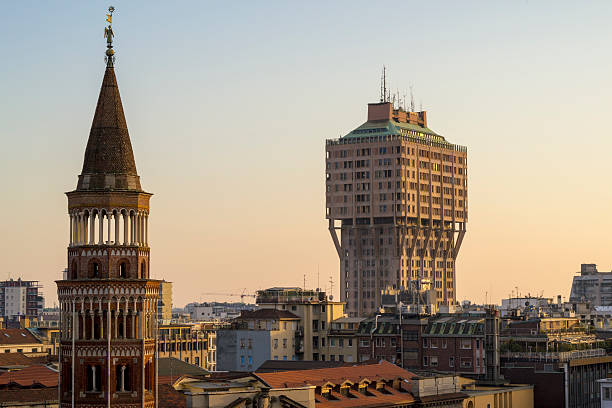
Torre Velasca
ARCHITECTURE IN THE 50s AND THE 60s:
ARCHITECTURE SINCE 1960s:
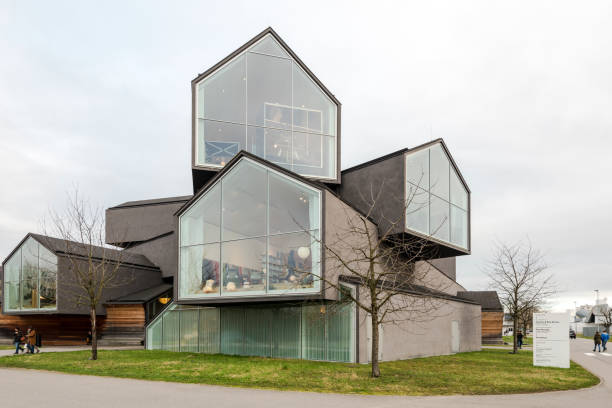
The Vitra Design Museum 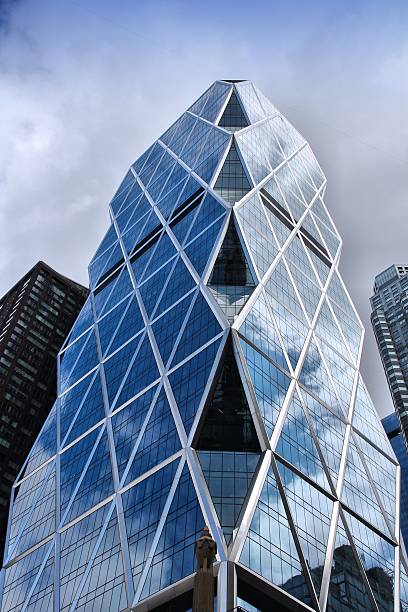
New York, United States ,Hearst Tower 
nagakin capsule tower
